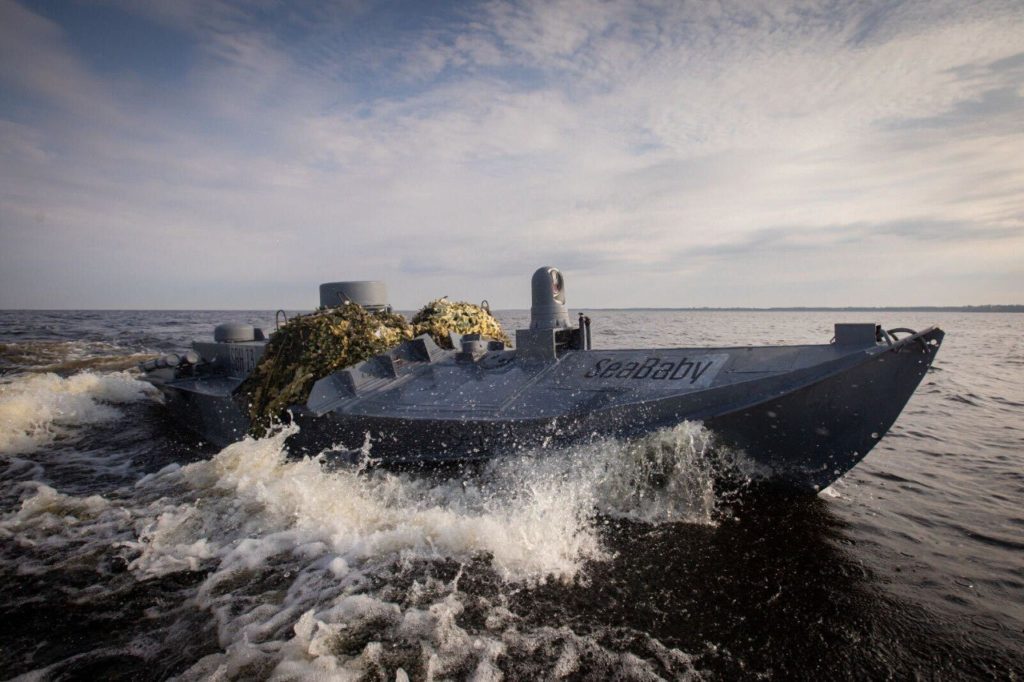WSJ: Ukraine’s Sea Baby drones strike 4 Russian ships with underwater mines
Ukraine's remote sea mining is a world first in naval warfare.


In 2023, Ukraine’s Security Service (SBU) deployed a revolutionary naval tactic, using “Sea Baby” drones to plant over 15 underwater mines near Russian-occupied Crimea, according to The Wall Street Journal. This operation damaged four Russian warships, including the corvette Samum, patrol boat Pavel Derzhavin, a large tugboat, and a modern minesweeper Vladimir Kozitsky.
The SBU developed this strategy after Russia fortified Sevastopol’s port entrance against direct drone attacks. The plastic bottom mines, weighing 180 kg, are nearly undetectable in shallow, silty waters. After six weeks of intelligence gathering, SBU’s Sea Baby drones covertly placed two mines along Russian naval routes.
The operation’s effectiveness was evident when the Samum struck a mine on 14 September, sustaining significant damage. Over the following weeks, Sea Baby drones covered over 3,000 nautical miles, planting approximately 15 more mines.

The Russians were initially perplexed by the situation. On 11 October, the large patrol boat Pavel Derzhavin damaged its hull while entering Sevastopol Bay. Minesweepers and divers searched the area but apparently found nothing. On 13 October, as Pavel Derzhavin was redirected to another port for repairs, it struck another mine while leaving Sevastopol Bay. A large tugboat sent to rescue it also hit a mine and had to be towed back.
The WSJ noted that a few days later, an explosion also damaged the modern minesweeper Vladimir Kozitsky, one of only two such vessels in Russian service.
This remote mining operation is globally unprecedented, showcasing Ukraine’s innovative approach to asymmetric warfare.
The Sea Baby drones, capable of carrying 850 kg of explosives, reaching speeds of 90 km/h, and covering 1,000 km, have struck a total of 11 Russian vessels and the Kerch Bridge. Recent upgrades include Grad multiple rocket launchers, expanding their capability to target land-based Russian forces.
Read more:
- Ukraine’s Sea Baby maritime drone can now carry 122mm rockets to attack ground targets
- Ukraine unveils Sea Baby Avdiivka naval drone
- Ukraine’s SeaBaby naval drones can now engage in sea battles, not only carry explosives
- HUR: Ukrainian sea drones sink two Russian naval boats (video)


